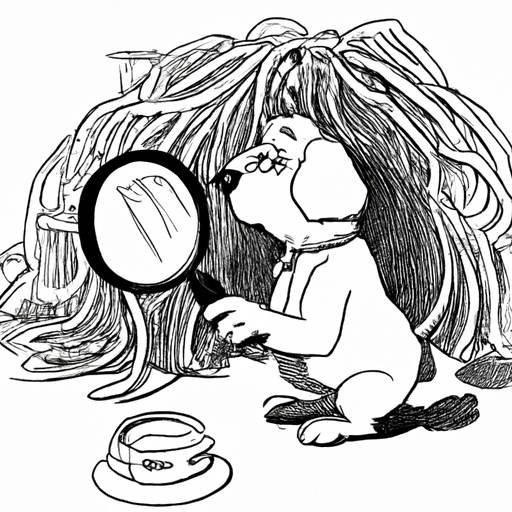As a seasoned pet owner or a newcomer to the world of dogs, you might have noticed your furry friend shedding hair all over your home. It’s a common phenomenon, but it can often leave you wondering, “Why do dogs shed so much hair?” In this comprehensive guide, we’ll delve deep into the science behind canine hair shedding, demystify some common misconceptions, and provide practical tips to manage this natural process.
Table of Contents
- Understanding Hair Shedding in Dogs
- Factors Influencing Dog Hair Shedding
- Breeds and Hair Shedding
- When Should You Be Concerned?
- Practical Tips to Manage Dog Hair Shedding
- Frequently Asked Questions
Key Takeaways
- Dogs shed hair as a natural process.
- Factors such as breed, health, season, and diet can influence shedding.
- Regular grooming is crucial to manage excessive shedding.
- Sudden or unusual hair loss could indicate a health issue.
- Consult a vet for professional advice on excessive shedding.
Understanding Hair Shedding in Dogs
Just like humans, dogs shed hair naturally. This process is part of their hair growth cycle which consists of the Anagen (growth of new hair), Catagen (transition), Telogen (resting), and Exogen (shedding) phases. Shedding is crucial for maintaining a healthy and functional coat.
Some fantastic resources like PetMD and OneTopDog provide more in-depth explanations about the hair growth cycle in dogs.
Factors Influencing Dog Hair Shedding
Several factors can influence how much a dog sheds. These include:
-
Breed: Some breeds naturally shed more than others. Labrador Retrievers, German Shepherds, and Huskies are known for their excessive shedding. Conversely, breeds like Poodles and Bichon Frises are considered hypoallergenic as they shed minimally.
-
Health: Health issues like allergies, skin infections, or hormonal imbalances can lead to increased shedding.
-
Season: Dogs typically shed more during spring and fall, a process known as “blowing their coat.” This is their way of adjusting to changing weather conditions.
-
Diet: A balanced diet rich in omega-3 and omega-6 fatty acids can promote a healthy coat and minimize shedding.
Breeds and Hair Shedding
As mentioned earlier, some dog breeds naturally shed more than others. Here’s a table with some examples:
| Breed | Shedding Level |
|---|---|
| Labrador Retriever | High |
| Poodle | Low |
| German Shepherd | High |
| Bichon Frise | Low |
A more exhaustive list of breeds and their shedding levels can be found on OneTopDog.
When Should You Be Concerned?
While shedding is a natural process, excessive or sudden hair loss could indicate an underlying health issue. Conditions like dermatitis, allergies, or hormonal imbalances can lead to unusual shedding. If you notice bald patches, redness, inflammation, or if your dog seems to be in discomfort, it’s best to consult a vet immediately. OneTopDog has a handy guide on how to identify common dog skin problems, which might be helpful.
Practical Tips to Manage Dog Hair Shedding
Managing your dog’s shedding doesn’t have to be daunting. Here are some practical tips:
-
Regular grooming with a suitable brush can significantly reduce the amount of loose hair.
-
Ensure your dog’s diet is rich in essential nutrients. Some vets recommend supplements like fish oil to promote a healthy coat.
-
Keep your dog well-hydrated.
-
Regular vet check-ups can help identify any potential health issues contributing to excessive shedding.
Frequently Asked Questions
1. Why is my dog shedding excessively?
Excessive shedding can be due to several reasons, including seasonal changes, poor diet, stress, or underlying health issues.
2. Can I prevent my dog from shedding?
No, shedding is a natural process you cannot stop. However, regular grooming and a healthy diet can help manage it.
3. What does it mean if my dog is shedding in patches?
Patchy shedding could indicate a skin condition or other health issues. It’s best to consult a vet if you notice this.
In conclusion, shedding is a normal part of a dog’s life. While it can be a nuisance, understanding why it happens and how to manage it can make your life and your furry friend’s a lot more comfortable. Remember, when in doubt, always consult a professional.



